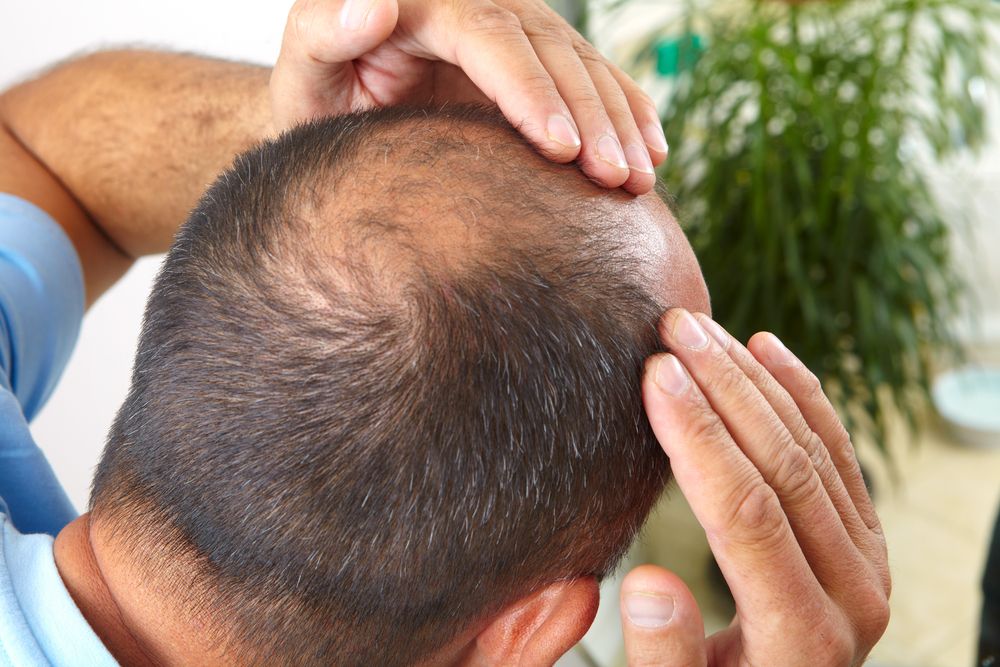The Risk of Infection After Hair Transplant Surgery
 The team at Chicago Hair Institute believes that safe and effective surgical hair loss treatment means experienced surgeons and attentive patients. We work to ensure every surgery is sanitary and safe, and we stress the importance of pre-op and post-op care to our patients following follicular unit extraction (FUE) and follicular unit transplantation (FUT) procedures.
The team at Chicago Hair Institute believes that safe and effective surgical hair loss treatment means experienced surgeons and attentive patients. We work to ensure every surgery is sanitary and safe, and we stress the importance of pre-op and post-op care to our patients following follicular unit extraction (FUE) and follicular unit transplantation (FUT) procedures.
Many patient have questions about the risk of infection and its dangers to the overall results of the surgery. Let's take a moment to consider this potential complication and what can be done to prevent infections from occurring.
How Likely Is Infection from Hair Restoration?
Thanks to modern advances in surgical techniques and technology, the risk of infection during hair transplant surgery and following the procedure is rather low. That said, the risk of infection has not been entirely eliminated. There is always a risk, even just a slight one, of infection following a surgical procedure.
Thankfully there is plenty that can be done to prevent infection and manage infections should they occur. Proper treatment of infection can protect the donor site and graft area from harm, and can lead to solid results for a hair transplant procedure.
Signs of Infection After Hair Restoration
The telltale signs of infection after hair transplant surgery are excessive redness and swelling, usually accompanied by redness and discomfort. Bleeding may also occur as a result of infection.
Generally, this means that the side effects of hair restoration surgery get worse after a week rather than improve.
Causes of Infection
The primary cause of infection during a hair transplant procedure and after a hair restoration surgery is unsanitary conditions. This typically means that the donor site or the graft site is unsanitary.
The Dangers of Hair Transplant Infections
Infections from hair restoration can be quite serious, affecting the results of surgery and potentially impacting your general health and wellness. Infections can ruin the overall look of the restored hairline, and could require additional hair restoration surgery to correct. In the donor site, the infection can lead to excessive and unsightly scarring, as well as poor hair regrowth. In essence, the infection could result in hair loss on a part of the scalp that should not be losing healthy hair.
Tips for Avoiding Infection
To avoid infection after hair restoration surgery, consider the following tips:
- Avoid touching the donor areas and graft areas
- Do not pick at or remove scabs along the donor area
- Keep the scalp sanitary by following post-op care instructions
- Attend follow-up visits with the hair transplant surgeon as scheduled
- Avoid smoking, tobacco products, and alcoholic beverages during recovery
What to Do If I Suffer from an Infection?
If you notice redness, swelling, excessive bleeding, discomfort, or burning sensations on your scalp after a hair restoration procedure, be sure to speak with you surgeon right away. An infection is not something to ignore. It's also not something you should discount and assume you can deal with on your own. Getting professional help will be key to controlling the infection and improving your overall wellness.
Learn More About Hair Transplant Surgery
For more information about your hair restoration options and how to ensure proper post-operative care, be sure to contact our team of experienced hair restoration specialists today. The team here at Chicago Hair Institute will go over the pre-op and post-op instructions for your surgery so you can avoid infection and ensure the best possible outcomes of your FUT or FUE procedure.





